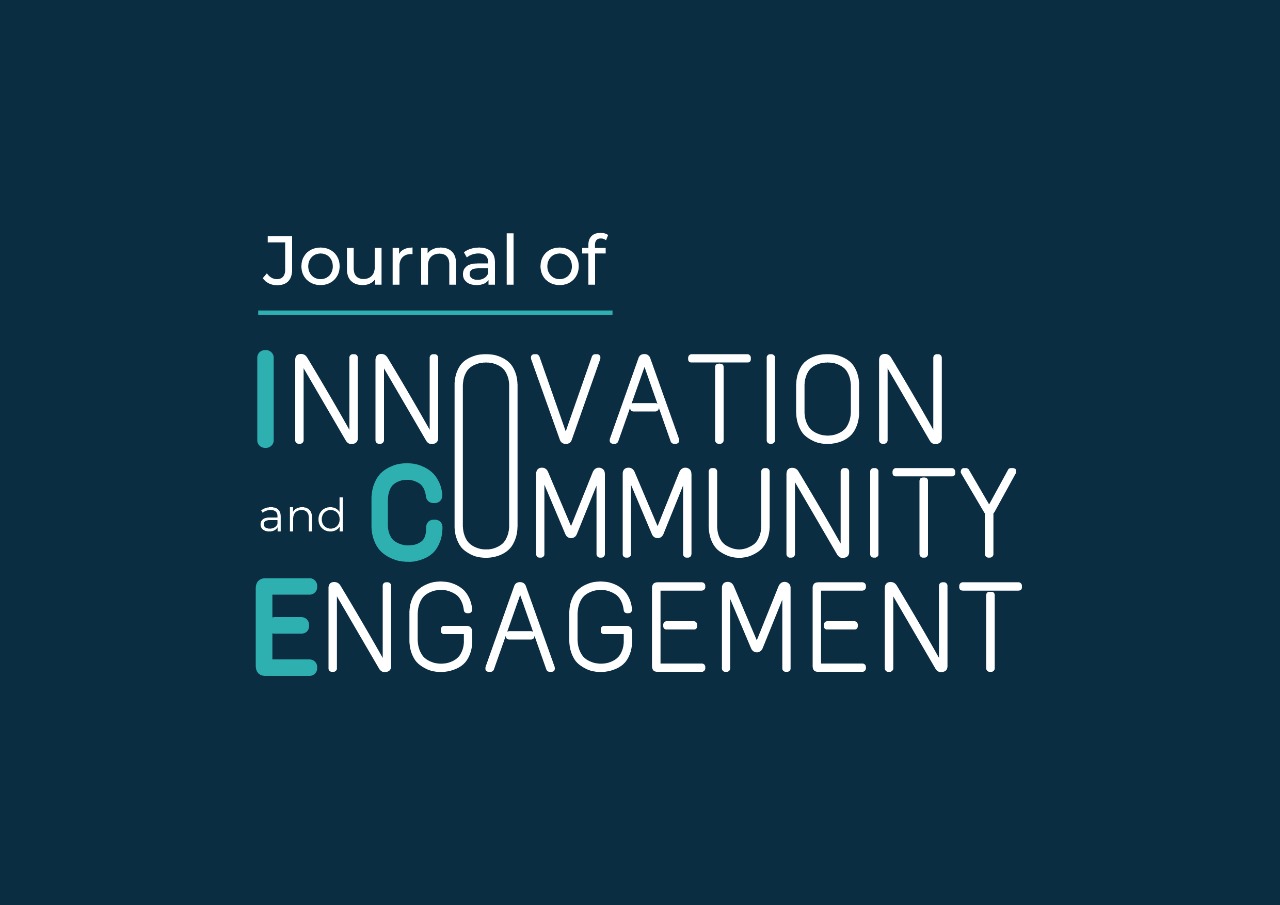Pengenalan Konsep Ergonomi Dapur Kepada Ibu- Ibu PKK Kelurahan Sukawarna Kecamatan Sukajadi Kota Bandung dengan Pendekatan Edukatif dan Partisipatif
DOI:
https://doi.org/10.21460/sendimasvi2021.v6i1.19Keywords:
educational, kitchen ergonomic, participatory, surveyAbstract
Currently the Covid 19 pandemic which is still infecting almost all countries in the world has caused major changes in lifestyle. Now people tend to pay more attention to food intake and hygiene. In addition, because they spend a lot of time at home, new habits also appear, namely cooking in the kitchen. Based on a survey conducted 87% of participants spend more than 1 hour in the kitchen. But unfortunately, there is still a lot of ignorance about how the ergonomic conditions of the kitchen are. It was proven by the questionnaire which filled out before the deliveries of information. All of the 15 participants from PKK Kelurahan Sukawarna Kecamatan Sukajadi Bandung City were not familiar with the term of ergonomics and its application in the kitchen. This community service aims to introduce the concept of kitchen ergonomics to PKK womens so that they can work more safely, healthily, comfortably, ef ectively, and ef iciently. The method used is an educational approach in the form of webinars which are held online. Then, followed by a participatory approach by giving participants the opportunity to evaluate their current kitchen. Through the education delivered, the results showed an increase in participants' knowledge regarding the concept of kitchen ergonomics and they were able to answer questions related to the application of ergonomics in the kitchen better. And through a participatory approach, participants are aware of the shortcomings of their current kitchen. The expected result is that the participants can pay more attention to the condition of their kitchen so that they can work in the kitchen
References
T. F. A. G. Atmadja, A. E. Yunianto, E. Yuliantini, M.Haya, A. Faridi and Suryana, “Gambaran Sikap dan
Gaya Hidup Sehat Masyarakat Indonesia Selama Pandemi Covid-19,” AcTion: Aceh Nutrition Journal, pp. 195-202, 2020.
B. Martono, “Bagaimana Merancang Dapur Rumah yang Ergonomis?,” 2015.
K. Shete, H. T. Pandve and T. Puntambekar, “Role of Ergonomics in Kitchen Related Back Problem,” Journal of Ergonomics, 2015.
R. Yared, B. Abdulrazak, T. Tessier and P. Mabilleau, “Cooking Risk Analysis to Enhance Safety of Elderly People in Smart Kitchen,” in PETRA'15: Proceedings of The 8th ACM International Conference on Pervasive Technologies Related to Assistive Environments, Quebec, 2015
“Reduce Workplace Hazards: Norris,” 12 Juli 2021. [Online]. Available: https://norris.com.au/reduceworkplace-hazards.
I. Hardianto and Yassierli, Ergonomi Suatu Pengantar, Bandung: PT. Remaja Rosdakarya, 2014.
C. Wickens and J. Hollands, An introduction to Human Factors Engineering 2nd Ed., New Jersey: Prentice Hall,2004.
K. Kroemer, Engineering Anthropometry. In W. Karwowski, W. S. Marras (Ed.), Occupational Ergonomics:Pterprinciples of Work Design, Boca Raton: CRC Press, 2003.
P. Salim, “Intervensi Ergonomi Terhadap Kenyamanan Bekerja di dapur Rumah Tinggal,” Humaniora, p. 238245, 2014.
L. Susanti, H. R. Zadry and B. Yuliandra, Pengantar Ergonomi Industri, Padang: Andalas University Press, 2015
E. Nurmianto, Ergonomi, Konsep Dasar dan Aplikasinya, Surabaya Indonesia , Institut Teknologi Sepuluh Nopember: Penerbit Guna Widya, 2008.
F. H. Ismail, S. Osman and F. B. A. Rahman, “Ergonomics Kitchen: A Better Place to Work,”
International Journal of Academic Research in Bussiness and Social Sciences, 2021.
Downloads
Published
How to Cite
Issue
Section
License
Copyright (c) 2021 Sendimas 2021 - Seminar Nasional Pengabdian kepada Masyarakat

This work is licensed under a Creative Commons Attribution-NonCommercial-NoDerivatives 4.0 International License.











